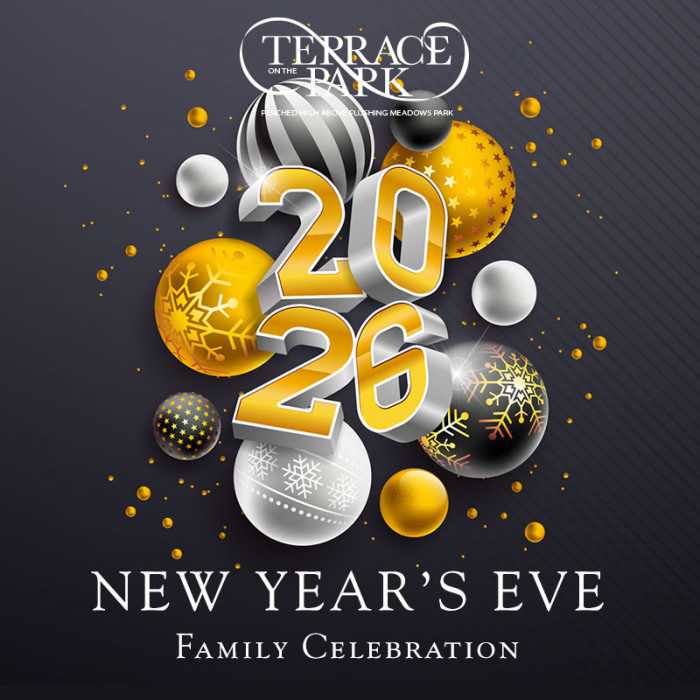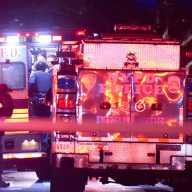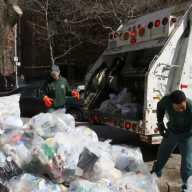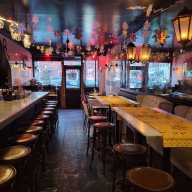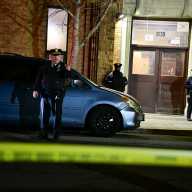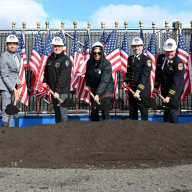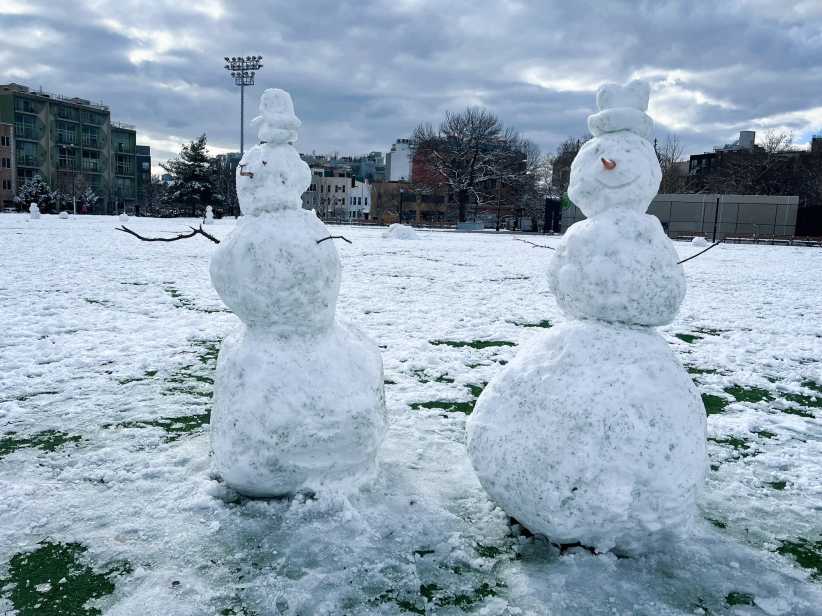Great Diversity For Tourists
Last years U.S. Open attracted over 600,000 people, making it the single largest-attended annual sporting event in the world. Every year in nearby downtown Flushing, the Main St. traffic gets more chaotic as motorists from various parts of the nation and the world flock to our fine borough for a spectacular series of tennis matches. But as Arthur Ashe Stadium in Flushing Meadows-Corona Park rakes in tennis fan dollars – it had made $150 million last year – what are Queens nearby cultural institutions doing to attract this influx of tennis junkies and out-of-towners?
The answer sadly, is not much. One would assume that places like the Hall Of Science, the Queens Museum of Art, the Queens Botanical Gardens, Queens Theatre In The Park (Q-TIP) and the Queens Zoo would take advantage of the incoming swarm of curious tourists who last year made up 47%, or 284,827 of U.S. Open attendees. In a recent inquiry by The Courier, representatives from these five cultural institutions explained why they wouldnt be in operation during the event or making an effort to attract anyone from the Open.
One of the most common reasons that these venues did nothing to attract fans of the tennis event was because all available parking in Flushing Meadows-Corona Park was needed to accommodate the spectators. According to Q-TIP employees, this was the main reason they would be closed to the public for the duration of the international sporting event. During this time, they added, the theatres facilities would be cleaned and routine administrative duties would carry on as usual. Luckily, they were the only venue in or near the park to be closed to the public while the Open would be in town.
The Queens Museum Of Art had no exhibit honoring athleticism for this year, but according to Stephen Malmberg, the Museums director of public relations, an exhibit called "The Excited Body" would be open for the 2002 U.S. Open. It will feature various works of art depicting the human body in motion. As for the current exhibitions at the Museum, despite having no correlation with tennis, theyre still artistically and historically interesting. Among their current pieces was one by Maria Elena Gonzalez titled "Basebowls". The piece consisted of a link of baseballs either glued or sewn together from the floor to the museums ceiling which appeared to be at least 40 feet. Even Malmberg couldnt figure out how Gonzalez reached that height. At the bottom was a large wicker bowl perhaps eight feet in diameter filled with baseballs.
Malmberg was more than happy to show off his latest exhibit by artist and historian Mark Dion entitled "The Great Ash Dump Dig". Before the area now known as Flushing Meadows-Corona Park was converted into the recreational space it is today, it served as a local dump for ashes. In a spot randomly chosen by Dion, the artists decided to dig into the earth to see what he would find buried underneath. He did not have to dig very deep; after digging just 10 feet deep and making a hole in front of the Museum about 10 feet in diameter, Dion discovered hundreds of artifacts from the 1939 and 1964 Worlds Fairs as well as remnants of the old ash dump. Such items as pottery, porcelain items, glass bottles, figurines and other things were among the findings that went into this exhibit.
Of course any visitor, tourist and native alike couldnt see the Museum until they saw the New York Panorama, a massive and amazingly accurate detailed three-dimensional map of the five boroughs, complete, among other things, with landmarks, streets and bridges. "Its important to let [U.S. Open visitors] know if they want to get out of the heat, if they want a break from tennis, they can come here," said Malmberg.
The Hall Of Science, always a fun venue for children of all ages, said they really didnt have any tennis- or sports-themed exhibits for the sporting event. But as the their public relations manager Wendy J. Brez eagerly pointed out, Queens tiniest tourists would truly enjoy the Halls newest installment: "Aliens: Worlds Of Possibilities". Here, visitors can view robotic interpretations of a serious scientific guess of what an alien may look like, see how their weight would differ on any of the solar systems planets and experience many other elements of the extraterrestrial kind.
The Queens Botanical Gardens, with immense floral tapestries every few feet, also had no plans on holding any special events to attract Open visitors. However, their usual displays of beautiful flowerbeds, their famous Wedding Garden and other trademark features will be open to the public during the sporting event.
The Queens Zoos Education Center has no plans to do anything outside of their ordinary planned activities. "It would be great if the Zoo could have special exhibits going on in between tennis sessions," said Education Center Director Tom Hurtubise. Out-of-town moms and dads are more than welcome to bring the family down to the Zoos petting zoo, where they can pet and feed gentle goats and sheep.
Though many of last years 200,000 out-of-town visitors came to Queens solely for the grand tennis tournament, they should also know that Queens has that great sporting event and so much more to offer the curious tourist. In between tennis sessions, or when the two-week tournament completes its scheduled daily events, visitors could treat their kids to a day with aliens or fuzzy animals or peer into the history of our borough to see glass and porcelain reminders of a culture of long ago. In short, Queens cultural institutions just want visitors to know that the U.S. Open isnt the only show in town.







